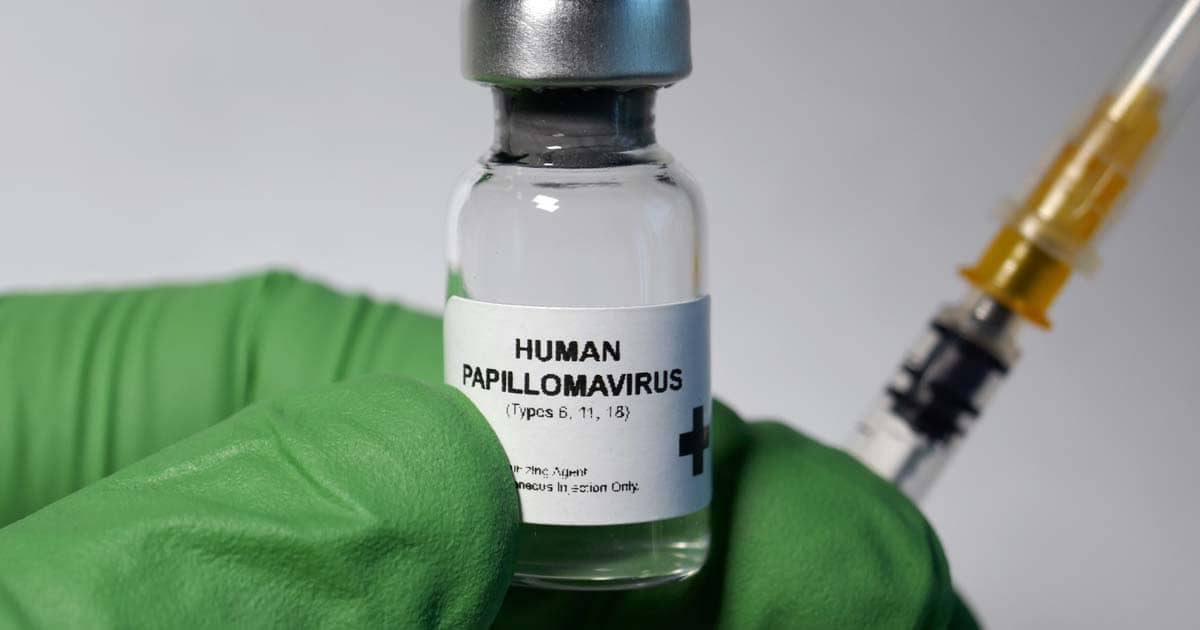HPV, often dubbed “the silent killer”, is the cause behind at least 70% of cervical cancers. The serotypes 16 & 18 are two high-risk HPV types responsible for the cancer. Although HPV is not curable, this sexually transmitted disease is surely preventable. In an April convention, WHO’s Strategic Advisory Group of Experts (SAGE) arrived at the conclusion that one-dose of HPV vaccine delivers solid protection and comparable efficacy to two-dose schedules. This conclusion was derived from emerging evidence over the years.
Cervical cancer is the fourth most common type of cancer that affects women on a global scale. Despite HPV being highly preventable, the problem lies in access discrepancy, meaning that the introduction of HPV vaccine to immunization programs has been relatively slow and covers only a small amount of the population, particularly in poorer countries. HPV vaccine is essential but often overlooked, proven by the slow uptake of it. WHO claimed that the global coverage of 2020 was only amounting to 13%. Some of the factors which contributed to the low coverage are cost and supply challenges. Poor and middle-income countries may deem the cost of HPV vaccine too high. In addition to these hiccups, it can also be challenging to get older girls to take two-dose schedules who are not part of childhood vaccination programs.
However, the new recommendations from SAGE can mean a new dawn and fresh start to truly annihilate cervical cancers if every country makes changes accordingly. Below are the recommendations for the dose schedules updates:
- One OR two-dose schedule for girls at the age of 9-14 (the primary target of the vaccine)
- One OR two-dose schedule for young girls at the age of 15-20
- Two doses for women older than 21 years old (with a 6-month interval)
What does the HPV vaccine do?
Two most commonly approved HPV vaccines are Gardasil and Cervarix. Nowadays, Gardasil-9 often replaces the earlier version of Gardasil due to its ability to protect against 7 cancer-causing HPV types (the former Gardasil prevents only 4 HPV types). Cervarix, on the other hand, is bivalent. That said, this vaccine shields individuals from types 16 and 18 only.
The way the HPV vaccine works is similar to other immunizations. After being given, the vaccine will stimulate the body to make antibodies which will bind the virus if the body ever encounters HPV, thus preventing it from infecting cells. One important thing about why it is best to administer the vaccine as soon as young girls hit 9 years old is because the vaccine will be most effective before a person gets sexually active.
It has been around 15 years since HPV vaccines were first introduced. Since then, researchers have been monitoring global cervical cancer rates in girls and women. Recent evidence has shown that a single dose of HPV is adequate. The first compelling indication was from Costa Rica. In a vaccine trial, the women were supposed to receive three doses of the vaccine. However, some women ended up only receiving one or two doses. This was not intentional as some factors such as getting pregnant occurred along the way. Another supporting hint came from India where girls aged 10-18 only received one dose of vaccine from what originally was a vaccine trial of three doses. In a study published in April this year, it was proven that regardless of the type of vaccine (bivalent or nine-valent), the rate of efficacy of a single dose reached 97.5 per cent.
Young girls are more prone to STDs
The risk factors of contracting STDs largely depend on gender, age group and other circumstances. According to the Centers for Disease Control and Prevention (CDC), young people between the age of 15 to 24 years old are the ones most susceptible to getting them. There’s also evidence that one in four sexually active adolescent females has an STD.
So, why are young women more prone to STDs? Below are two major reasons:
- Women’s anatomy. How women are biologically created contributes to making them contract STDs easily. The surface of the vagina is larger than that of a penis, making it more vulnerable to sexual fluids during sexual intercourse. Added to that is the fact that the lining of the vagina is thinner and softer compared to the skin on the penis.
- Environmental and economic reasons. Women in some countries have to depend economically on men and have very little access to sex education and often find themselves having a hard time refusing sex. They have very little information on how to practice safer sex.
So, is the HPV vaccine only for females?
HPV is a sexually transmitted disease often associated with females, but it does not mean boys should not get it. In fact, the CDC encourages both sexes to get the jab. HPV can cause six types of cancers in both men and women. Males can benefit from the vaccine to protect against head, neck, anal and penile cancers.
What the latest evidence has presented may mean that a big game change is on the way to eliminating cervical cancers. Not only is the single-dose vaccine option less costly, it will also change how some countries carry out the HPV vaccine programs. Since it will be easier to administer and require less resources, hopes of better equity and getting more coverage are on the horizon.
Getting the life-saving jab greatly reduces the risks of cervical cancer. Shim Clinic is a men’s sexual health clinic based in Singapore. We carry Gardasil-9 and other STD prevention methods such as HIV PEP and HIV PrEP.

